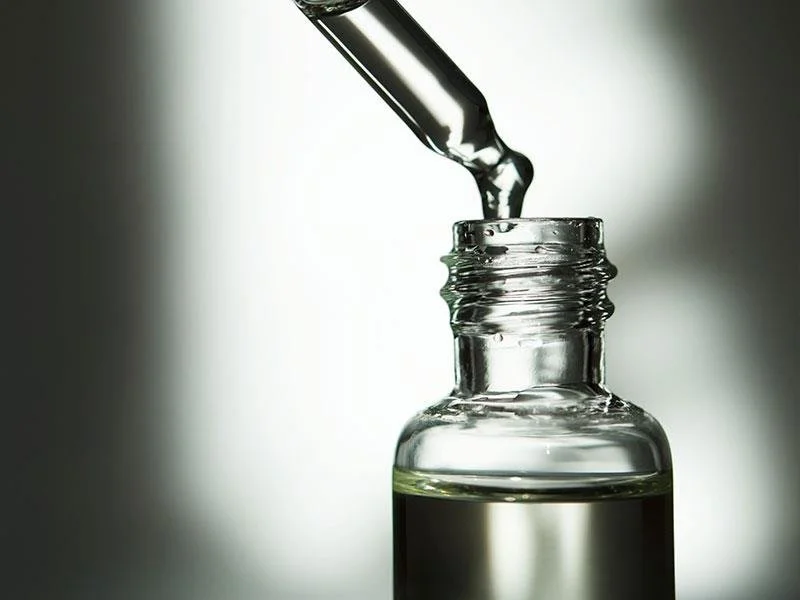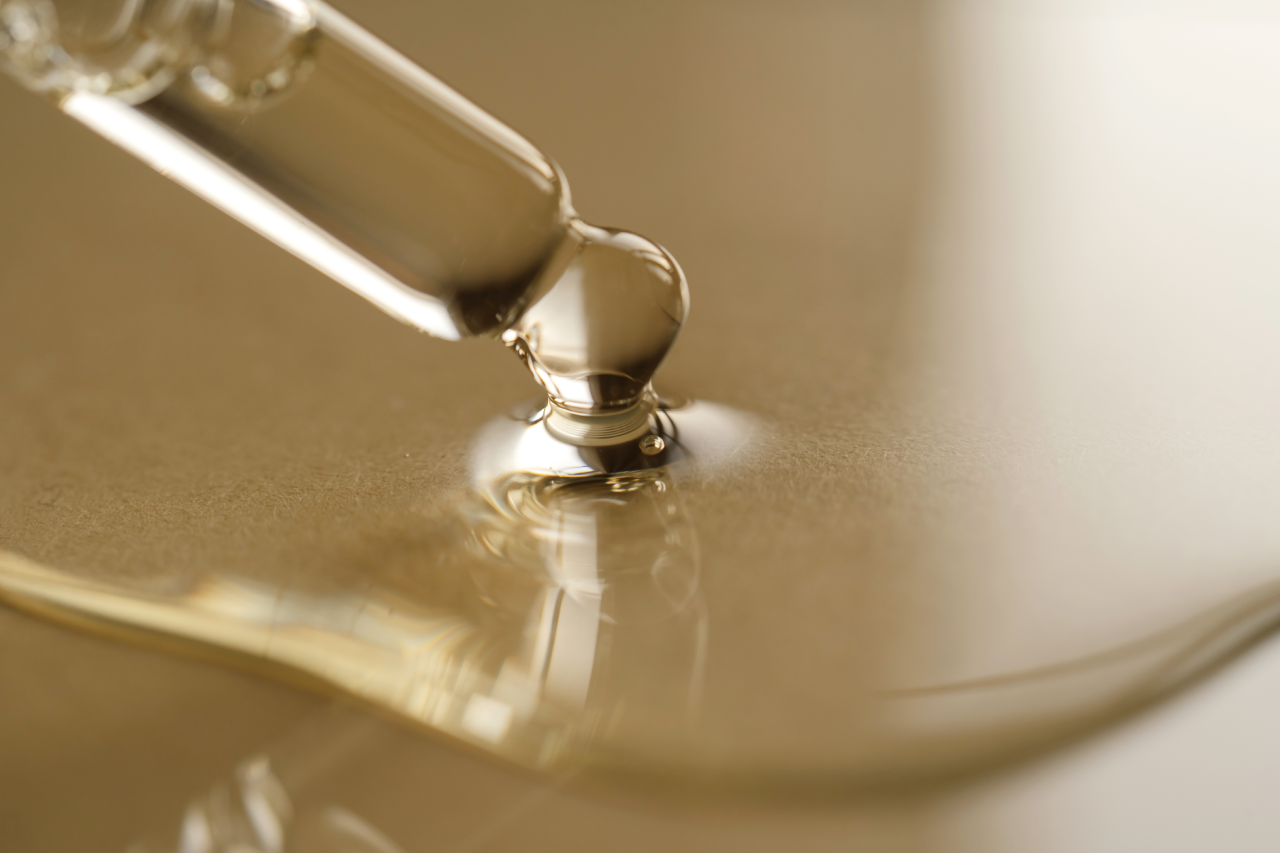Squalane, the new hydrator on the skincare scene →
Skin compatible and super moisturising, we check out this emollient ingredient
There is a new best-friends-forever ingredient that has been popping up in skincare launches a fair bit lately.
“I’ve been hearing a lot about squalane over the past three years, as consumers and skincare move to more plant-based and organic ingredients,” says Dr Vincent Wong, Founder of Vindoc Aesthetics.
Squalane replicates squalene—note the ‘e’ —the protective molecule of naturally occurring skin sebum we all have at birth.
The ingredient is produced naturally by our sebaceous glands and gives the skin its youthful glow, while forming a barrier to protect it from damage caused by free-radical attack, leading to signs of ageing such as brown spots and wrinkles.
As the skin's content of squalene diminishes in our mid-20s due to hormonal changes along with reductions in our levels of collagen, hyaluronic acid and elastin, it seems logical to try to replicate it.
And why not, given that it is a weightless, multipurpose, mega-moisturising molecule that instantly hydrates face, body and even our hair?
The science behind squalane
The closest scientists have found to human squalene was sourced from shark livers—neither a sustainable nor ethical practice, especially as 3,000 sharks are needed to produce one ton of the elixir.
This led to research into synthesising the molecule from ingredients such as sugarcane, olive and rice bran: due to the different human and animal-free compound, squalene with an ‘e’ became squalane with an ‘a.’
So what’s the difference between the two? “Squalane is not only sourced from plants, it is a hydrogenated version of squalene which adds an oxygen and hydrogen atom to the molecule, making it more stable as an ingredient so easier to formulate—it also increases shelf life,” explains Dr Wong.
And it’s not just an emollient—applied neat, skincare brand Biossance which has squalane at its heart, found that using 100 per cent squalane oil accelerated cell turnover five days faster when compared to non-treated skin.
“With increased cell turnover we have better skin quality, glowing and thicker skin because there are fewer dead cells attached to the dermis,” adds Dr Wong.
When and how should squalane be used?
Winter is a great time of year to start using the ingredient. “Squalane can fortify and strengthen the skin barrier and thereby improve or prevent transepidermal water loss, especially in the winter season where cold winds and dry indoor heating can cause the skin to lose more moisture and experience dryness,” says Anna Baker, Cosmetic and Dermatology Nurse Practitioner.
Unlikely to cause a reaction, it’s also a brilliant ingredient for helping to reduce inflamed skin, psoriasis and eczema. “These conditions have higher transdermal water loss and squalane reduces this, therefore skin is less irritated and less inflamed,” Dr Wong continues.
As for acne? “It is actually really good as it doesn’t clog the pores, and acne can cause water loss so it will help the skin by preserving water within the skin's barrier function.”
Dr Wong is clear that squalane is a great moisturiser but do not forget those power-packed active ingredients such as retinoids and vitamin C; although active in preserving moisture and thickening the skin, squalane is a subtler ingredient and should be applied over a powerful active serum, followed by sun protection.


